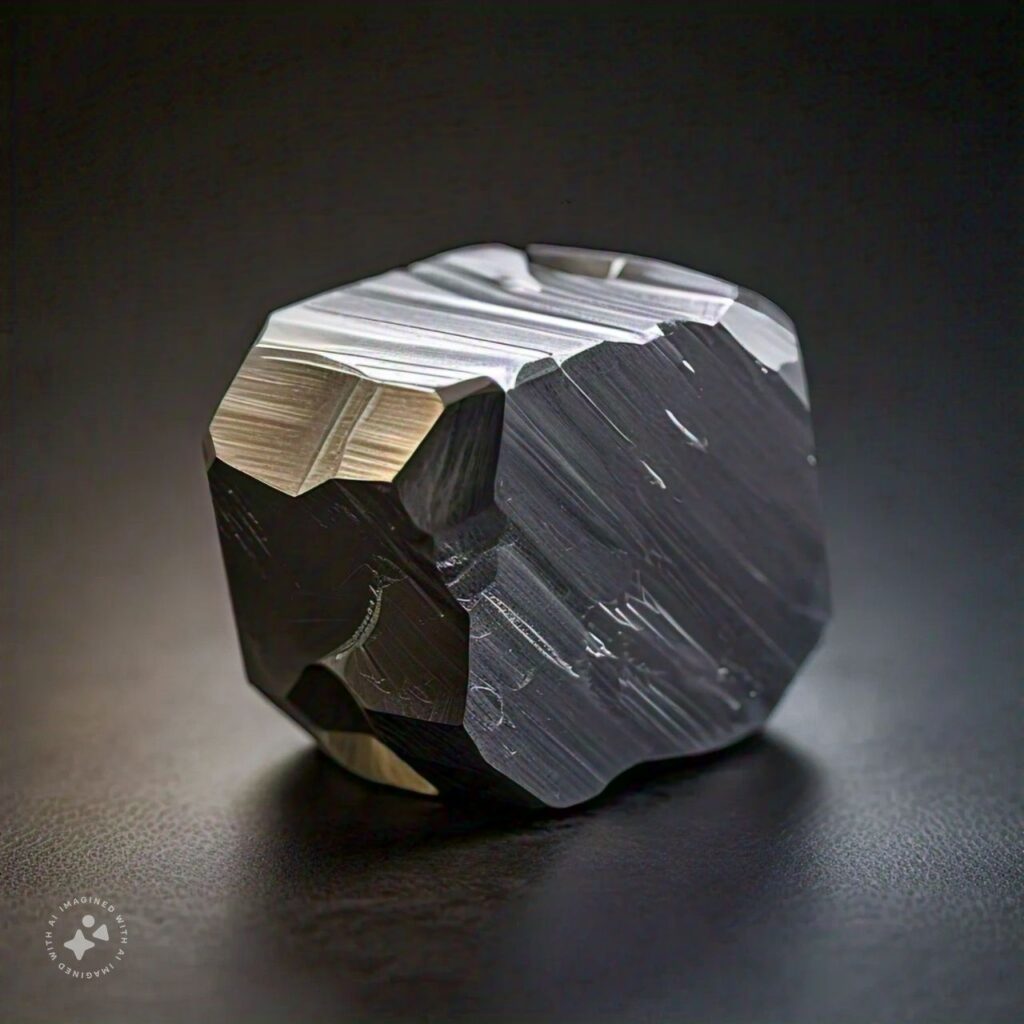
Table of Contents
Understanding Tungsten Carbide Prices
Tungsten carbide is a versatile and highly valued material in industries ranging from automotive manufacturing to cutting-edge technology. Its unique properties make it indispensable for applications demanding durability, strength, and precision. This article explores the intricate factors that influence tungsten carbide prices, providing insights into its market dynamics and future outlook.
Introduction to Tungsten Carbide
Tungsten carbide, often referred to simply as carbide, is a composite material composed of tungsten and carbon atoms. It exhibits remarkable hardness and wear resistance, making it ideal for use in cutting tools, drilling equipment, and wear-resistant components across various sectors.
Factors Affecting Tungsten Carbide Prices
The pricing of tungsten carbide is influenced by several key factors, including the costs of raw materials such as tungsten ore and carbon compounds, the complexity of manufacturing processes involved, and the fluctuating dynamics of supply and demand within the global market.
Raw Material Costs
The primary components of tungsten carbide, tungsten and carbon, are subject to market fluctuations. Variations in mining output, geopolitical factors affecting resource availability, and transportation costs all contribute to the pricing structure.
Manufacturing Processes
The methods used to produce tungsten carbide products, including powder metallurgy and sintering techniques, impact their final cost. Innovations in manufacturing efficiency and energy consumption play a crucial role in determining market competitiveness.
Global Market Trends
Tungsten carbide production is concentrated in regions such as China, Russia, and the United States. These countries not only serve as major suppliers but also influence global pricing through export policies and industrial capacity utilization.
Geographic Production Hubs
Understanding the geographical distribution of production facilities helps stakeholders anticipate supply chain disruptions and evaluate logistical costs associated with sourcing tungsten carbide products.
Industrial Applications
The versatility of tungsten carbide extends to numerous industrial applications, including:
Automotive Industry: Used in engine components, cutting tools, and brake systems for enhanced performance and durability.
Mining and Drilling Tools: Provides wear resistance and hardness necessary for extracting minerals and drilling in challenging geological environments.
Cutting and Machining Applications: This enables precision cutting and shaping in manufacturing processes, reducing tool wear and maintenance costs.
Price Fluctuations Over Time
Historical data reveals cyclical patterns in tungsten carbide pricing, influenced by economic downturns, technological advancements, and shifts in consumer demand. Understanding these fluctuations aids in strategic planning and risk management for businesses reliant on tungsten carbide products.
Historical Price Trends
Analysis of past pricing trends highlights periods of volatility linked to global economic crises and technological disruptions. Long-term investments in tungsten carbide often align with stable market conditions and growth-oriented industrial sectors.
Key Suppliers and Manufacturers
Leading manufacturers of tungsten carbide products leverage economies of scale and research-driven innovations to maintain competitive pricing and quality standards. Collaborations with raw material suppliers and strategic partnerships enhance market presence and supply chain reliability.
Market Leaders
Companies such as Sandvik AB, Kennametal Inc., and Ceratizit S.A. are recognized for their leadership in tungsten carbide manufacturing, offering a diverse portfolio of products tailored to specific industrial requirements.
Environmental and Regulatory Influences
Growing emphasis on sustainable manufacturing practices and regulatory compliance shapes the operational strategies of tungsten carbide producers. Investments in eco-friendly technologies and waste reduction initiatives mitigate environmental impacts and enhance corporate social responsibility.
Sustainable Practices
Adopting sustainable practices not only mitigates regulatory risks but also enhances brand reputation and customer loyalty among environmentally conscious stakeholders.
Future Outlook
The future of tungsten carbide market dynamics is poised for growth, driven by advancements in industrial automation, aerospace engineering, and renewable energy sectors. Innovations in material science and recycling technologies promise to redefine product lifecycle management and resource utilization.
Growth Projections
Market analysts project steady growth in demand for tungsten carbide across emerging economies and niche applications requiring superior performance characteristics and cost-efficiency.
Comparison with Other Materials
When evaluating material alternatives, tungsten carbide stands out for its:
Strengths: Exceptional hardness, thermal conductivity, and chemical stability.
Weaknesses: High brittleness in certain applications, necessitating careful engineering and design considerations.
Investment Considerations
Investors and procurement managers assess tungsten carbide as a strategic asset offering resilience against market volatilities and technological disruptions. Diversifying sourcing strategies and monitoring geopolitical risks safeguard long-term supply chain stability.
Market Stability
Diversified end-user markets and robust contractual agreements underpin the stability of tungsten carbide investments amid global economic uncertainties.
Consumer Guidance
Selecting the right tungsten carbide products involves balancing initial costs with long-term operational benefits. Consultation with industry experts and performance testing ensure compatibility with specific application requirements
Choosing the Right Products
Factors such as product specifications, warranty coverage, and supplier reliability influence purchasing decisions, optimizing value propositions and return on investment.
Expert Insights
Industry experts emphasize proactive engagement with market trends and technological innovations to capitalize on growth opportunities within the tungsten carbide sector.
Forecasts and Predictions
Forecasting future price trends and market dynamics requires continuous analysis of macroeconomic indicators, industry-specific developments, and consumer behavior patterns.
Conclusion
In conclusion, understanding tungsten carbide prices involves navigating through a complex interplay of raw material costs, manufacturing efficiencies, market demand fluctuations, and regulatory landscapes. Strategic insights into these factors empower stakeholders to make informed decisions, ensuring sustainable growth and competitive advantage in dynamic global markets.
FAQs
Tungsten carbide prices fluctuate due to changes in raw material costs, market demand, and geopolitical factors influencing supply chains.
Businesses can mitigate risks by diversifying suppliers, monitoring market trends, and investing in long-term contractual agreements.
Industries such as automotive manufacturing, mining, and cutting tools rely heavily on tungsten carbide for its durability and performance advantages.
Tungsten carbide production impacts the environment through energy consumption and waste generation, prompting innovations in sustainable manufacturing practices.
Recycling initiatives in the tungsten carbide industry contribute to resource conservation and reduce dependency on primary raw materials
